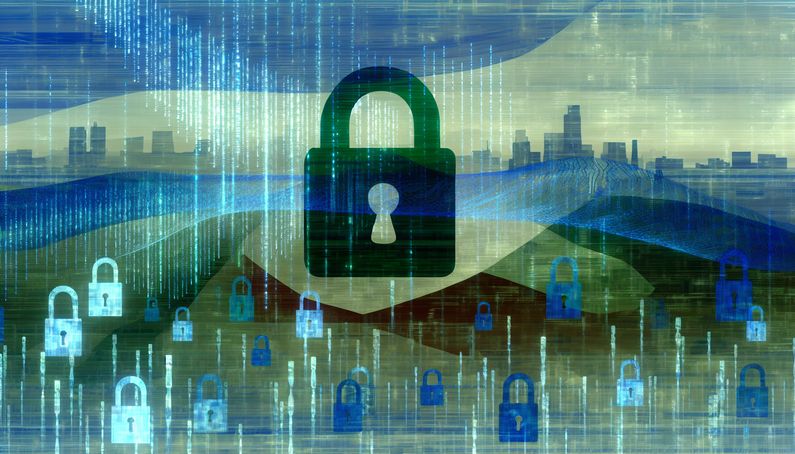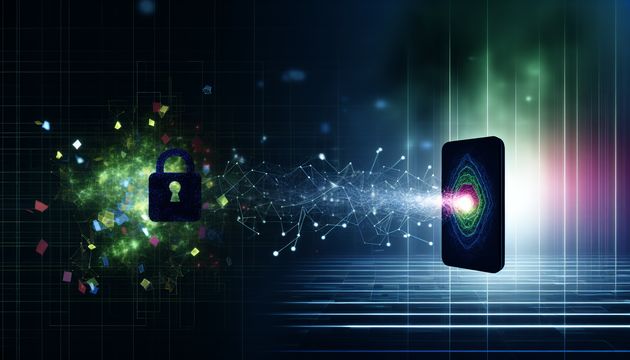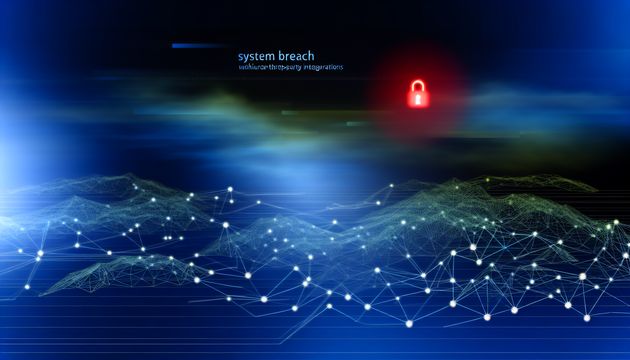
The PowerSchool Data Breach: A Cautionary Tale for Educational Technology
The PowerSchool data breach, orchestrated by a 19-year-old student, Matthew Lane, from Assumption University, stands as a stark reminder of the vulnerabilities in educational technology systems. This breach, one of the largest in U.S. history, compromised the personal information of millions of students and educators. Lane’s method involved exploiting stolen credentials to access PowerSchool’s systems, leading to a massive data theft that included sensitive information such as Social Security numbers and academic records (CyberScoop, BleepingComputer). The breach not only exposed the data but also led to ransom demands, highlighting the financial motivations behind such cybercrimes (NBC New York).
The Perpetrator
Identity and Background
Matthew Lane, a 19-year-old student from Assumption University in Massachusetts, has been identified as the perpetrator behind the PowerSchool data breach. According to court documents, Lane’s actions led to one of the largest breaches of student data in U.S. history, affecting millions of students and educators across the country. Lane’s involvement in the breach was confirmed through a plea bargain, where he agreed to plead guilty to charges related to hacking and extortion (CyberScoop).
Modus Operandi
Lane’s method of attack involved exploiting stolen credentials to gain unauthorized access to PowerSchool’s systems. The breach occurred when Lane used these credentials to infiltrate the PowerSource customer support portal, a critical component of PowerSchool’s infrastructure. Once inside, he utilized a maintenance access tool to download sensitive data from the PowerSIS databases, which contained personal information about students and teachers (BleepingComputer).
Scale of the Breach
The scale of the breach orchestrated by Lane was unprecedented. The stolen data included personal information of approximately 62.4 million students and 9.5 million teachers. This massive data theft not only compromised the privacy of individuals but also imposed significant financial and emotional costs on the victims. The breach led to ransom demands directed at school boards and districts across the United States, further exacerbating the impact of the incident (NBC New York).
Legal Proceedings
In the legal proceedings against Lane, federal prosecutors laid out the charges and the terms of his plea agreement. Lane agreed to plead guilty to charges of hacking and extortion, acknowledging his role in the breach and the subsequent ransom demands. The plea bargain is a significant development in the case, marking the first major breakthrough in the investigation of what is considered the largest single breach of American schoolchildren’s data (CyberScoop).
Motivations Behind the Attack
While the exact motivations behind Lane’s actions remain unclear, the extortion demands suggest a financial incentive. By leveraging the stolen data, Lane and potentially other accomplices sought to extract ransom payments from affected school districts. This tactic is a common characteristic of cybercriminal activities, where sensitive data is used as leverage to demand monetary compensation (The 74).
Impact on Victims
The breach orchestrated by Lane had far-reaching consequences for the victims. The stolen data included personally identifiable information (PII) such as names, addresses, birth dates, Social Security numbers, and academic records. The exposure of this sensitive information posed significant risks to the privacy and security of students, teachers, and parents. In response to the breach, PowerSchool offered identity protection services for students and educators, as well as credit monitoring services for affected adults (TechTarget).
Repercussions for PowerSchool
The breach had severe repercussions for PowerSchool, both in terms of reputation and legal liability. The company faced criticism for its failure to implement adequate cybersecurity measures to protect sensitive data. This led to a class action lawsuit filed against PowerSchool, alleging negligence in safeguarding the personal information of millions of users. The lawsuit highlighted the company’s vulnerability to cyberattacks and its delayed response in detecting and addressing the breach (Class Law Group).
Future Implications
The PowerSchool data breach serves as a stark reminder of the vulnerabilities present in the education technology sector. It underscores the need for robust cybersecurity measures and proactive threat detection to prevent similar incidents in the future. As educational institutions increasingly rely on digital platforms for managing student data, the importance of safeguarding this information cannot be overstated. The breach also highlights the growing threat of cybercrime and the need for coordinated efforts to combat such activities. Emerging technologies like AI and IoT could both pose new risks and offer innovative solutions for enhancing cybersecurity (EdWeek).
Lessons Learned
The PowerSchool breach offers several lessons for both educational institutions and technology providers. First, it emphasizes the importance of securing access credentials and implementing multi-factor authentication to prevent unauthorized access. Second, it highlights the need for regular security audits and vulnerability assessments to identify and address potential weaknesses in systems. Finally, it underscores the importance of having an incident response plan in place to quickly and effectively address breaches when they occur (TechCrunch).
Conclusion and Final Thoughts
While the PowerSchool data breach has had devastating consequences for millions of individuals, the guilty plea of Matthew Lane marks a significant step towards justice. This incident serves as a cautionary tale for the education technology sector, emphasizing the critical need for robust cybersecurity measures. As educational institutions increasingly rely on digital platforms, safeguarding sensitive data becomes paramount. The breach underscores the importance of proactive threat detection and response strategies to prevent future incidents. The case serves as a reminder that as technology evolves, so too must our defenses against cyber threats (TechTarget, EdWeek).
References
- CyberScoop. (2025). Massachusetts man will plead guilty in PowerSchool hack case. https://cyberscoop.com/massachusetts-man-will-plead-guilty-in-powerschool-hack-case/
- BleepingComputer. (2025). PowerSchool hacker claims they stole data of 62 million students. https://www.bleepingcomputer.com/news/security/powerschool-hacker-claims-they-stole-data-of-62-million-students/
- NBC New York. (2025). Massachusetts university student school software hack. https://www.nbcnewyork.com/news/national-international/massachusetts-university-student-school-software-hack/6272311/
- TechTarget. (2025). PowerSchool data breach: Explaining how it happened. https://www.techtarget.com/WhatIs/feature/PowerSchool-data-breach-Explaining-how-it-happened
- EdWeek. (2025). PowerSchool paid a hacker’s ransom, now cyber criminals are threatening schools. https://www.edweek.org/technology/powerschool-paid-a-hackers-ransom-now-cyber-criminals-are-threatening-schools/2025/05)



